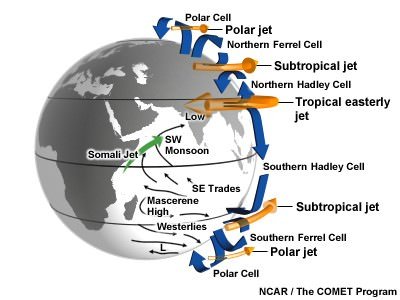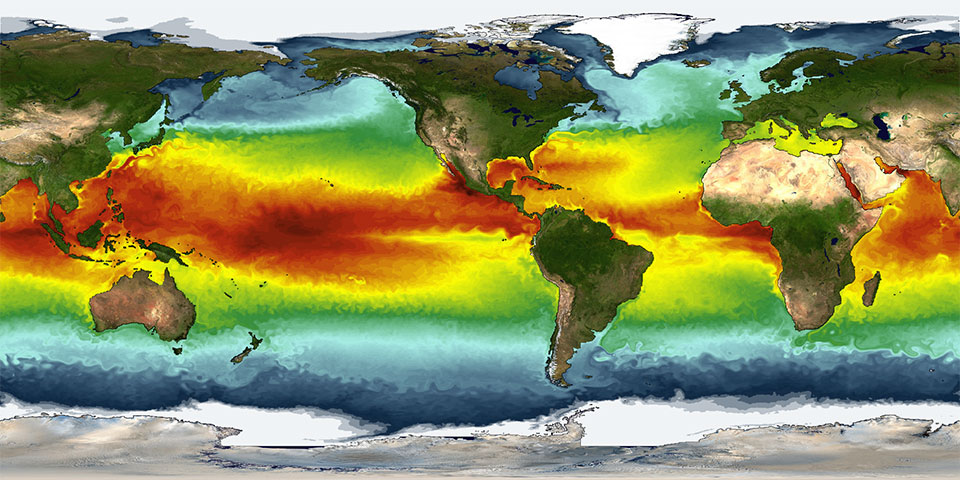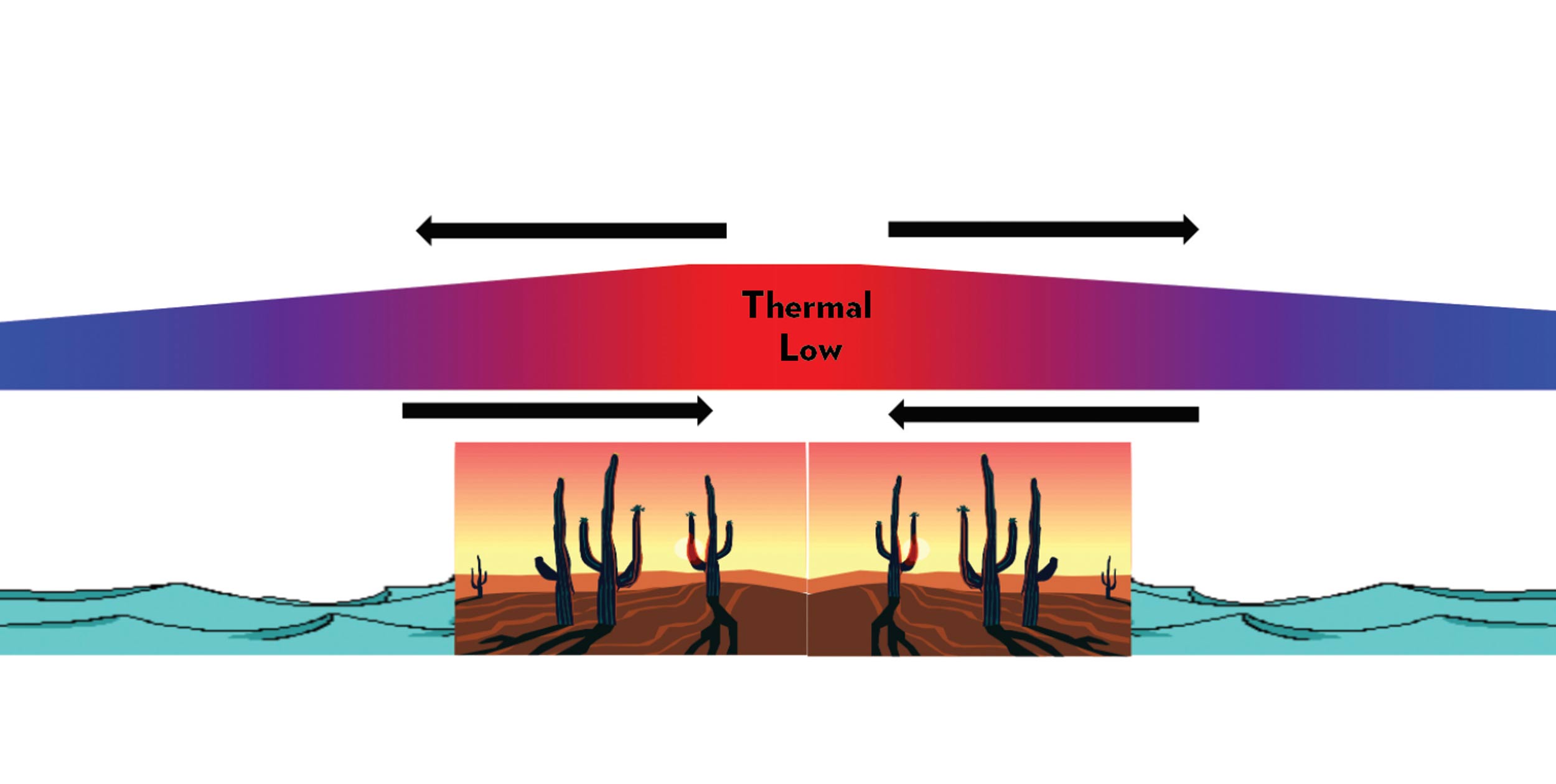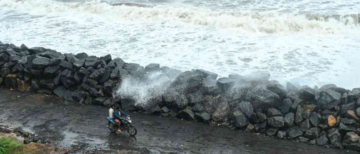The monsoon is India’s most important weather event, bringing life-giving rain to millions and shaping the country’s agriculture, economy, and daily life. This year, the monsoon arrived much earlier than usual—catching the attention of farmers, city dwellers, and scientists alike. But what exactly caused this early onset? Let’s break down the key factors in simple terms and explore what this means for India.
What is the Monsoon and Why Does It Matter?

The monsoon is a seasonal shift in wind patterns that brings heavy rains to India every year. It usually starts around June 1 in Kerala and spreads north and east across the country. This rain is crucial for crops, drinking water, and hydropower. When the monsoon arrives early, it can be both good and bad news.
Why Did the Monsoon Arrive Early in 2025?
This year, the monsoon reached Kerala on May 24—about a week ahead of schedule. In some places like Mumbai, it arrived even earlier, by as much as 16 days. This rapid and unusual advance was due to several natural and climate-related factors working together.
1. The Madden-Julian Oscillation (MJO)

The MJO is a big wave of clouds, wind, and rain that moves across the Indian Ocean every 30 to 60 days. When the MJO is in a “favorable phase,” it boosts rainfall over India. This year, the MJO was in just the right spot to help kickstart the monsoon early.
2. The Somali Jet

The Somali Jet is a strong wind current that carries moisture from the Indian Ocean to India’s west coast. When this jet is strong, it brings more rain and helps the monsoon move faster. In May 2025, the Somali Jet was unusually strong, pushing the monsoon winds quickly toward India.
3. Low-Pressure Systems and Monsoon Trough

A low-pressure area formed over the Arabian Sea, acting like a magnet for moisture-laden winds. This system, along with a trough (a long area of low pressure) stretching across central India, helped channel more moist air into the country, speeding up the monsoon’s arrival.
4. Sea Surface Temperatures

The waters of the Arabian Sea and Bay of Bengal were warmer than usual this year. Warmer seas mean more evaporation and more moisture in the air, which helps clouds form and brings rain sooner.
5. The Mascarene High
.jpg)
This is a high-pressure area near the Mascarene Islands in the south Indian Ocean. When it’s strong, it pushes winds toward India, helping the monsoon set in early.
6. Heat-Low Over Land

As the sun moves north in summer, a low-pressure area forms over Pakistan and northwestern India. This “heat-low” acts like a vacuum, sucking in moist air from the ocean, which helps the monsoon advance.
7. Global Climate Patterns

This year, the El Niño effect—which usually weakens the monsoon—was neutral. That means there was no El Niño to slow down the monsoon winds. Also, the snow cover over Eurasia and the Himalayas was less than usual. Less snow means the land heats up faster, which can help the monsoon winds blow stronger.
How Rare Is This Early Onset?
While early monsoons are not unheard of, it is rare for the rains to cover so much of India so quickly. The last time something similar happened was in 1971, when the monsoon swept across Karnataka and Maharashtra in just one day. This year, the monsoon reached Kerala, Karnataka, and Maharashtra almost at the same time—an event that happens only once in several decades.
What Does This Mean for India?
The Good News
-
More Time for Farmers: An early monsoon gives farmers more time to sow their crops, which can improve yields.
-
Better Soil Moisture: Early rains help build up soil moisture, which is good for crops and groundwater.
-
Boost for Hydropower: More rain means more water in reservoirs, which helps generate electricity.
The Challenges
-
Flooding and Disruption: Heavy rain in a short time can cause floods, landslides, and disrupt daily life, as seen in Mumbai and Kerala this year.
-
Unprepared Cities: Cities and towns may not be ready for early rains, leading to waterlogging and traffic jams.
-
Climate Change Concerns: While natural factors played a big role, climate change is making weather patterns more unpredictable. Warmer oceans and less snow cover are partly due to global warming, which could make early or erratic monsoons more common in the future.
Looking Ahead
The monsoon’s early arrival is a reminder of how complex and interconnected our weather systems are. While it brings hope for a good harvest and water security, it also highlights the need for better preparation for extreme weather. Scientists will keep a close eye on how the monsoon behaves in the coming weeks, as early rains do not always guarantee a good season overall.
What Should We Learn?
)
The early monsoon of 2025 is a mix of natural cycles and human influence. While it’s exciting to see the rains arrive early, it’s important to remember that weather is becoming less predictable. This means India needs to invest in better forecasting, flood management, and climate-resilient agriculture. By understanding the factors behind these changes, we can be better prepared for whatever the monsoon brings next.
The early monsoon of 2025 is the result of a perfect storm of natural weather patterns and modern climate changes. It is a reminder of both the power of nature and the growing impact of human activity on our planet. As India moves forward, balancing hope and caution will be key to making the most of the monsoon’s gifts—and protecting against its challenges.
With inputs from agencies
Image Source: Multiple agencies
©️ Copyright 2025. All Rights Reserved. Powered by Vygr Media.





















